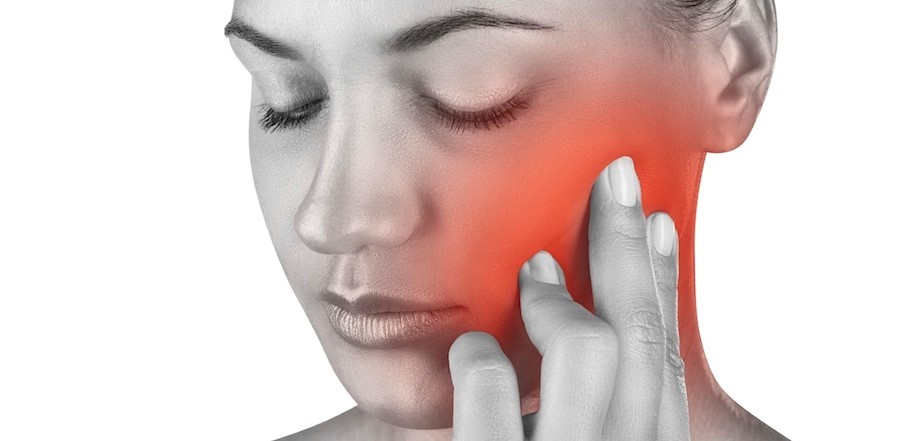Management of Oro-facial Pain

1. Physical Therapy and Exercises: Some patients may benefit from physical therapy or jaw exercises to improve jaw mobility, strengthen jaw muscles, and reduce pain. These exercises may include stretching, relaxation techniques, and jaw movement exercises guided by a physical therapist or TMJ specialist.
To schedule your appointment